
None
- Categories:

None

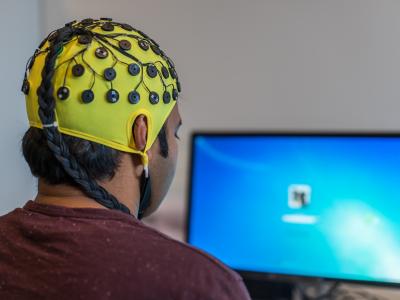
This dataset simulates the behaviour of a satellite sensor through time.

This in an artificial imbalanced data set.
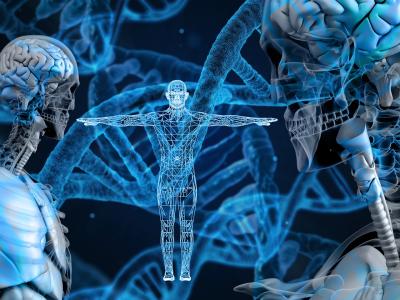
This dataset includes beat-by-beat time-domain features extracted from 350 NIBP records which can be used to develop novel methods to estimate systolic blood pressure (SBP) and diastolic blood pressure (DBP).

This is the second part of the supplementary data used in the paper "A Many-objective Evolutionary Algorithm With Pareto-adaptive Reference Points".

This is the first part of the supplementary data used in the paper "A Many-objective Evolutionary Algorithm With Pareto-adaptive Reference Points".
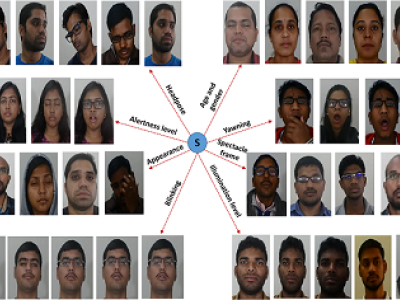
Occlusion, glare and secondary reflections formed due to and on the spectacles - results in poor detection, localization, and recognition of eye/face features. We term all the problems related to the usage of spectacles as The spectacle problem. Though several studies on the spectacle detection and removal have been reported in the literature, the study focusing on spectacle problem removal is very limited. One of the main reasons being, the nonavailability of a facial image database highlighting the spectacle problems.

The dataset is used in machine learning method of the "A distributed Front-end Edge node assessment model by using Fuzzy and a learning-to-rank method" paper

We provide a labeled dataset of gaits and their perceived dominance levels obtained using a perception user study. This dataset and the trained model can be used directly to classify dominance levels of new gaits.
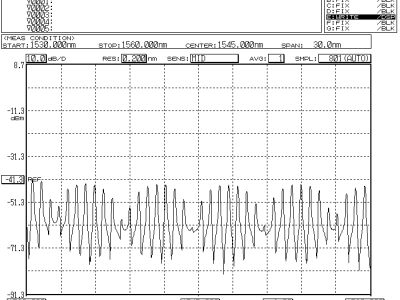
Test results from the OSA
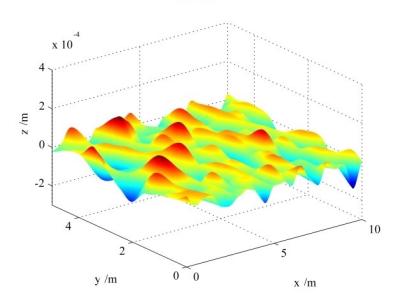
image files and origin files for manuscript entitled "Effect of Solid Particles on the Loss Circulation of Drilling Fluid: A Numerical Simulation"
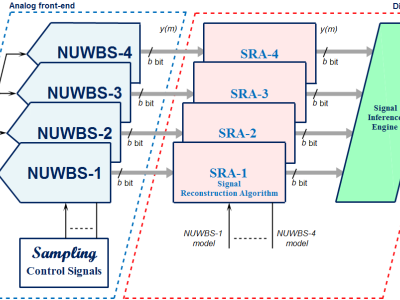
Design of novel RF front-end hardware architectures and their associated measurement algorithms.
Research objectives, includes:
RO1: Novel architecture based upon Adaptive Wavelet Band-pass Sampling (AWBS) of RF Analog-to-Information Conversion (AIC).
RO2: Integration of AWBS for increasing the wideband sensing capabilities of real-time spectrum analyzers by using AICs.
RO3: Propose online calibration methods and algorithms for front-end hardware non-idealities compensation.

VideoSupplement "SEM-assisted (LVEM-assisted) isopotential mapping of dielectric charging of the nonwoven fabric structures using Sobel–Feldman operator (Sobel filter)" for our article in russian journal (translated in English).

This dataset was collected from an industrial control system running the Modbus protocol. It is used to train a deep adversarial learning model. This model is used to generate fuzzing data in the same format as the real one. The data is a sequence of hexadecimal numbers. The followed generated data is produced by the already trained model.

This dataset is related to the paper "A distributed Front-end Edge node assessment method by using a learning-to-rank method"
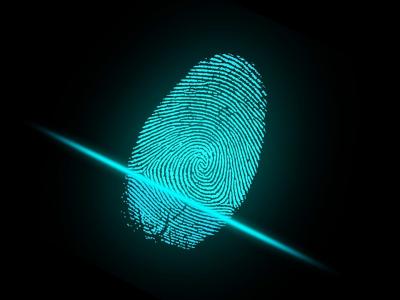
This dataset is benchmark dataset we use in our research for Intrusion Detection System.
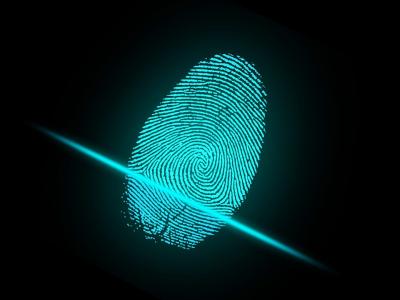
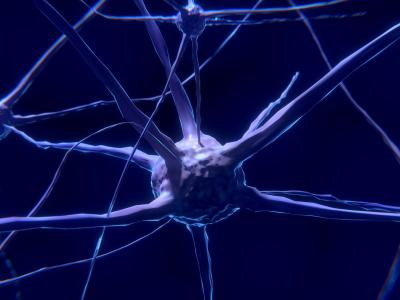
we use the proposed neural network to solve an application in an investment portfolio optimization problem.

This database has five different linter quality classes (short cotton fibers), linter has wide applicability in the production of surgical tissue, paper money among other applications. The images available were used to classify the product in an industrial process, through the use of computer vision techniques.
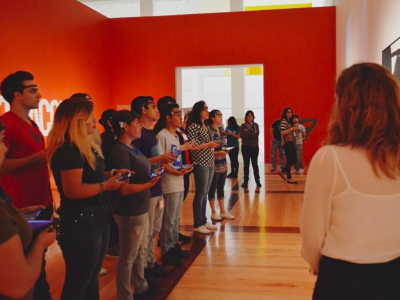
Mobile Brain-Body Imaging (MoBI) technology was deployed at the Museo de Arte Contemporáneo (MARCO) in Monterrey, México, in an effort to collect Electroencefalographic (EEG) data from large numbers (N = ~1200) of participants and allow the study of the brain’s response to artistic stimuli, as part of the studies developed by University of Houston (TX, USA) and Tecnológico de Monterrey (MTY, México).
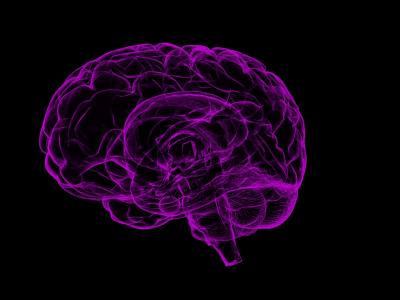
The dataset can be used for Brain MRI study for academic purpose only. Undersampling Masks can be used for random undersampling at different sampling rates.

Test dataset
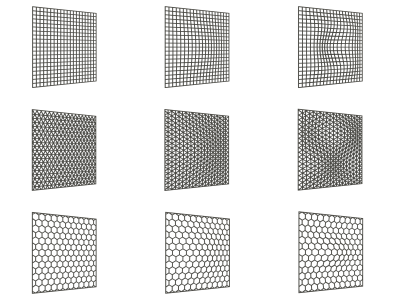
Stereolithographic files of three different mesh designs; Square, Triangular and Hexagonal (top to bottom rows in image). Each mesh design is provided in three different deformations; Flat/no deformation, Mode 1 deformation and Mode 5 deformation (left to right columns in image). Mode 1 and Mode 5 deformation was obtained by modal study with the four outer surfaces of the frame fixed. Note that the out-of-plane deformation has been scaled to better proportions.